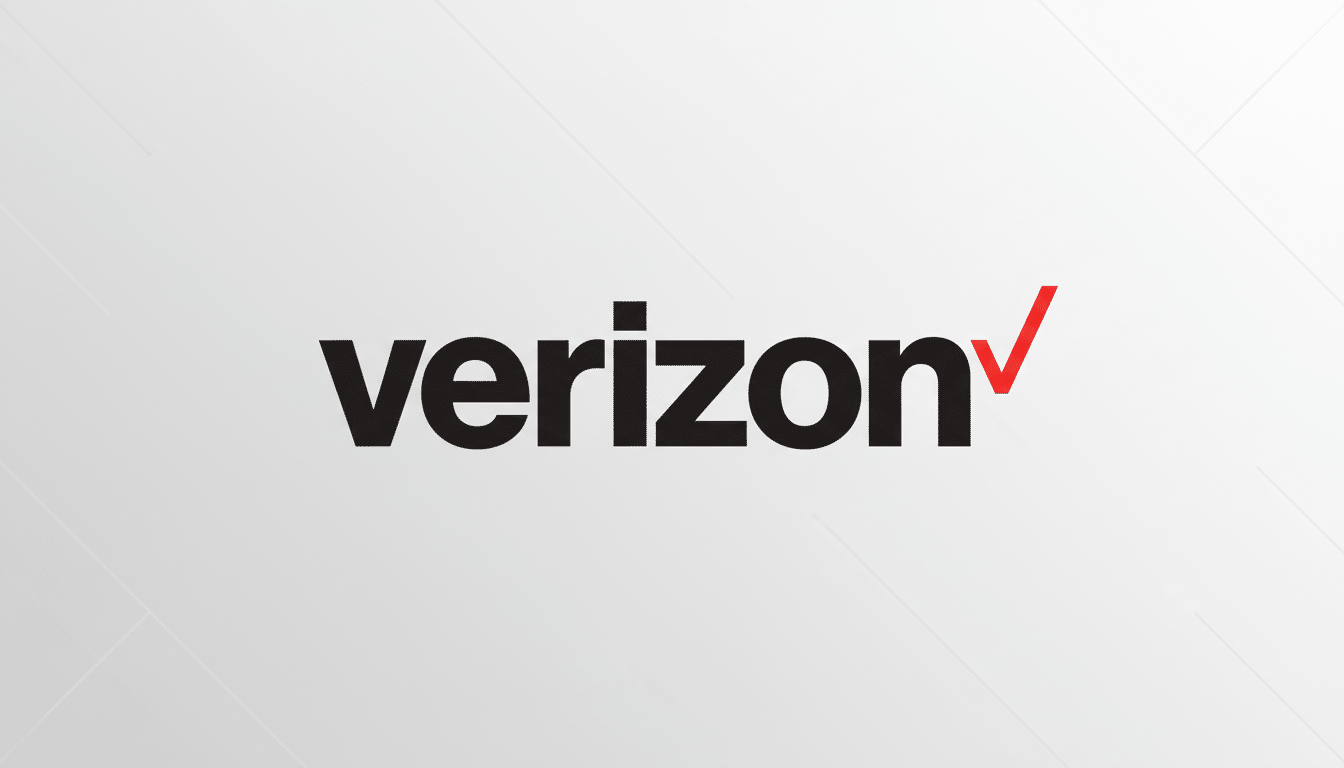Verizon is readying a major restructuring that would see about 15,000 jobs lost next week—what would be the largest number of cuts at the carrier in more than a decade—according to people familiar with the matter. It was reported by The Wall Street Journal. The cuts, which should amount to roughly 15% of an estimated 100,000-employee workforce, are expected to involve both layoffs and a move of hundreds of retail outlets from company operations to franchise operators.
What We Know So Far About Verizon’s Planned Cuts
The plan includes direct job cuts and a so-called retail reset, as the company looks to franchise 180–200 of its company-run stores. Employees at those sites would stay in the same job, but their employment would shift off Verizon’s payroll and under third-party ownership. That channel pivot reflects a larger trend across U.S. wireless retail, with carriers looking to “authorized retailers” in order to lower fixed costs and localize operations.
- What We Know So Far About Verizon’s Planned Cuts
- Competitive Pressures Driving Verizon’s Restructuring Move
- New CEO Dan Schulman’s Playbook and Strategic Focus
- Retail Shift and Store Franchising Plans at Verizon
- Expected Effects on Workers, Unions, and Financial Markets
- What Verizon’s Restructuring Could Mean for Customers

Analysts describe a cut of this magnitude as an unmistakable move to reset Verizon’s cost structure following heavy spending on 5G and amid intensifying competition in its core business. One-time charges for severance and store transitions will be likely, but management is all but certain to focus investors and analysts on long-term run-rate savings.
Competitive Pressures Driving Verizon’s Restructuring Move
Verizon’s bread-and-butter wireless business is under pressure. The company reported a net loss of 7,000 postpaid phone subscribers in the latest quarter, while T-Mobile added about one million and AT&T gained about 405,000. That gap underscores how pricing, bundled perks, and aggressive switcher promotions have swung momentum in favor of rivals.
At the same time, Verizon has been contending with escalating network and spectrum costs due to the multibillion-dollar C-band auction and resultant 5G buildout. While capex normalizes around peak levels, investors have been focused on driving reductions in operating expenses to protect margin and free cash. Reducing the headcount and rebalancing the retail footprint are quick levers the company can pull.
New CEO Dan Schulman’s Playbook and Strategic Focus
The shake-up follows the recent appointment of Dan Schulman, an industry veteran who has long been on the company’s board and previously served as chief executive of PayPal. Schulman has focused on “reducing cost to serve” and sharpening capital allocation—corporate shorthand for simplifying the organization, pushing more sales and support into digital channels, and exiting businesses that don’t earn their cost of capital.
Industry watchers say Schulman, whose background is in consumer platforms, will expedite Verizon’s move toward app-first customer service, automated care, and targeted offers driven by analytics—they usually mean lower call volumes and less retail traffic; reduced staffing needs are often the result.

Retail Shift and Store Franchising Plans at Verizon
The franchising of 180–200 stores would bring Verizon into closer alignment with a model familiar throughout the industry. Victra and Cellular Sales, which are both authorized retailers, already make up a big chunk of carrier stores in the U.S. This reduces corporate overhead and offers the flexibility to staff by market, but it can also mean inconsistency in employee benefits and customer experience.
For customers, the day-to-day effect at these franchised locations—what they sell, including devices, plans, and promotions—tends to be identical to corporate stores. Policies on returns or support might differ at the edges. As Verizon scales the franchise mix, it will have to exert strict performance and service-level standards to prevent brand friction.
Expected Effects on Workers, Unions, and Financial Markets
The Communications Workers of America, which represents some of the affected Verizon workers, is expected to demand information about which roles and areas are affected and what protections will be extended. In the past, big telecom cuts have included severance pay, reposting opportunities, and training for internal hires in other departments (although terms may vary by job function and location).
From a financial perspective, Wall Street typically envisions annualized savings on the order of $100,000–$150,000 per eliminated role (when all factors including salary, benefits, and overhead are considered). Based on that math, a 15,000-position cut could represent $1.5 billion to $2.3 billion in run-rate savings post-transition, which can fill a significant part of that hole from the company’s perspective, even when offset by restructuring charges upfront. Investors generally benchmark those savings to any risk to subscriber growth, churn, and customer satisfaction.
What Verizon’s Restructuring Could Mean for Customers
Network quality needs to continue to be the foundation of Verizon’s strategy. The company has made significant investments in mid-band 5G coverage and speed, and it continues to boast premium performance metrics reported by firms like Ookla and RootMetrics. More near-term changes are almost certain to be felt in the way customers interact with Verizon—more self-service within the app, fewer corporate-run stores, and a greater focus on online sales and support.
Verizon’s reported paring back is in line with a larger industry recalibration. Facebook and Twitter rivaled these figures, slashing their numbers of employees to simplify operations and also allocate expenses to fuel mainline growth. The challenge for Verizon will be running a more efficient operating model and getting back its subscriber mojo in a hypercompetitive wireless market.

